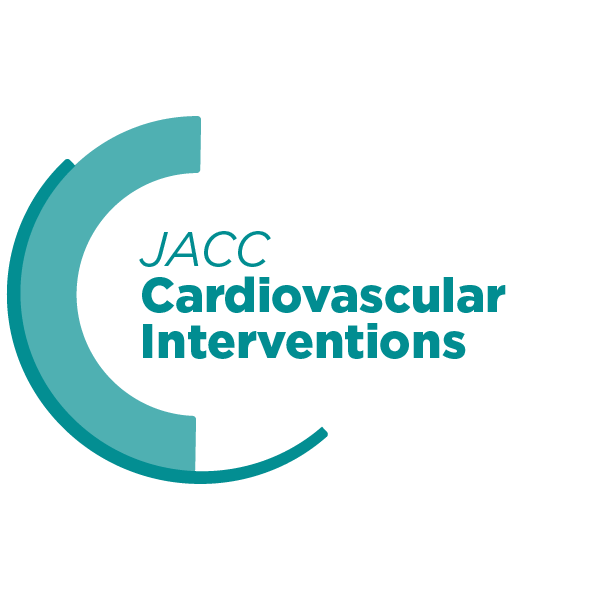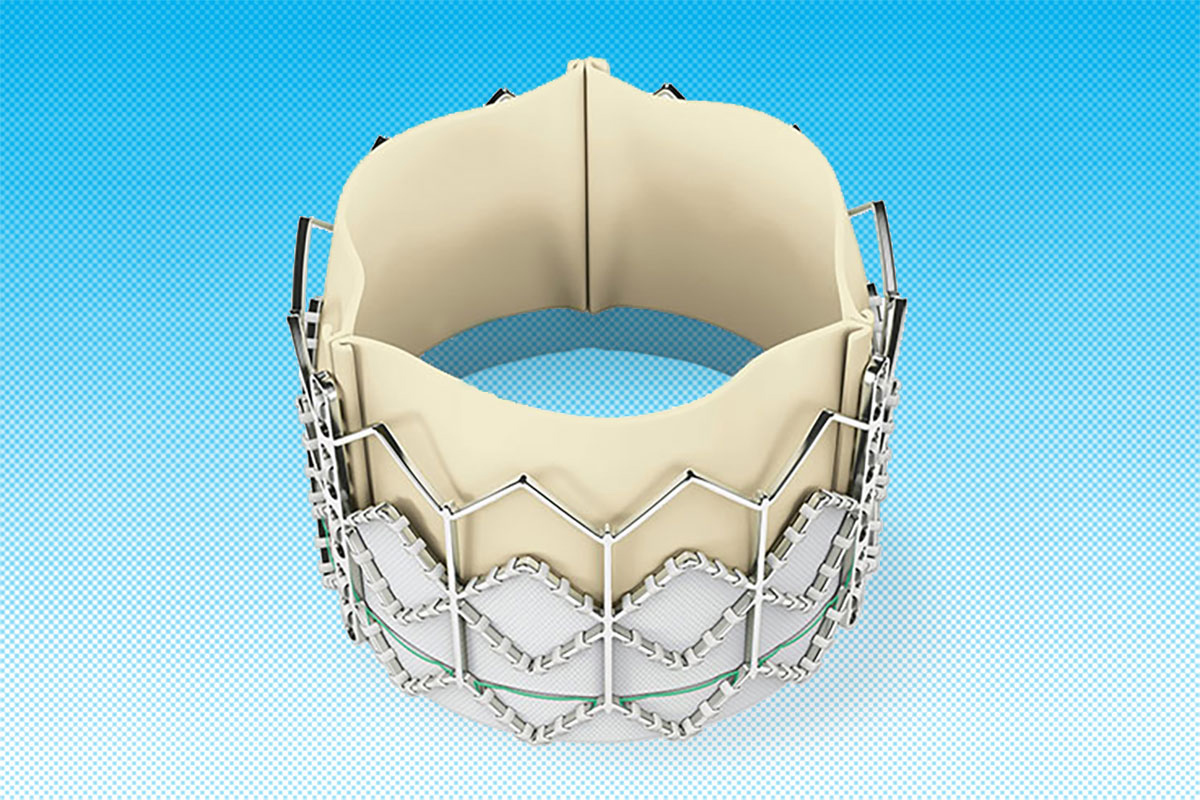The Team Approach: Interventional Cardiology and Cardiac Surgery as Heart Team

Patients with cardiovascular disease have become increasingly complex with elevated risk of morbidity and mortality. The therapeutic interventions available continue to experience innovative and disruptive technologies requiring multidisciplinary efforts.
Interventional cardiologists are well-positioned to provide great care of these patients, as well as cardiac surgeons who are positioned to offer complementary spectrum of therapeutics involving transcatheter access and minimally invasive techniques.
Globally, many institutions have created heart institutes as cardiovascular centers of excellence tasked with providing sole care to cardiovascular pathologies. Despite the inferred advantages of the heart team, this approach has not yet been widely implemented.
Historically, many academic institutions in the U.S. have experienced siloes in practice with fragmented care of these complex patients. The heart team approach is well-equipped to provide expert level complex multidisciplinary care.

Centers utilizing this opportunity have designated weekly meetings to openly collaborate management of complex patients. Moreover, the heart team approach has led to increased institutional experience and surgical support.
A study published in JACC: Cardiovascular Interventions reports trends of aborted TAVR procedures waning in the U.S. The 2017 study, conducted by Jennifer A. Rymer, MD, et al., also reports that in an analysis restricted to transfemoral procedures, aborted procedures reached 0.5 percent.
This greater-than-50-percent decline is an endorsement of improved imaging, institutional volume and the heart team selection process.
However advantageous, the heart team approach is not novel. Institutions offering hybrid coronary revascularization have adopted these practices for years. Following advances in aortic valve implantation, TAVR has assisted in bridging the gap of cardiovascular care for comprehensive valve therapeutics.
These opportunities for shared decision-making and combined procedures have resulted in bringing interventional cardiology and cardiac surgery to the table, or rather bedside. It can be inferred that there is therapeutic benefit when adopting these practices at all centers for the combined management of complex coronary, heart failure and structural heart pathologies.

Although the need for emergent cardiac surgery (excluding ECMO) after TAVR attempt has lowered from 1.07 percent in 2013 to 0.7 percent in 2016 at 79 within European centers, survival has depended on rapid access to cardiopulmonary bypass and a skilled cardiac surgical team.
The heart team approach has become the standard of care as a Class I recommendation in both American and European guidelines for TAVR, as well as a Class 1C recommendation in European and American guidelines on myocardial revascularization.
As the paradigm continues to shift regarding the management of aortic valve disease and the emergence of mitral valve interventions, optimal cardiovascular programs will require the combined efforts and expertise of cardiology sub-specialties and cardiac surgery.

